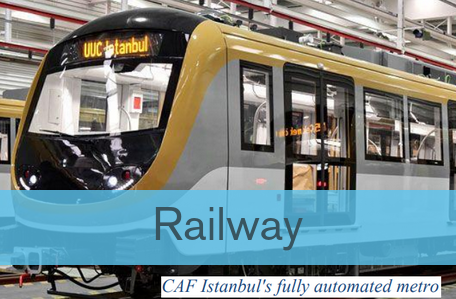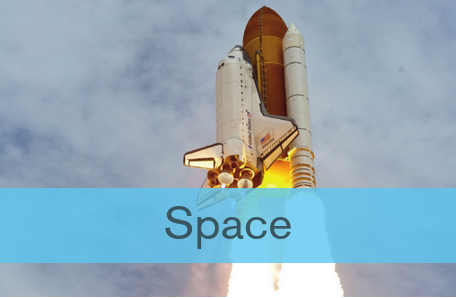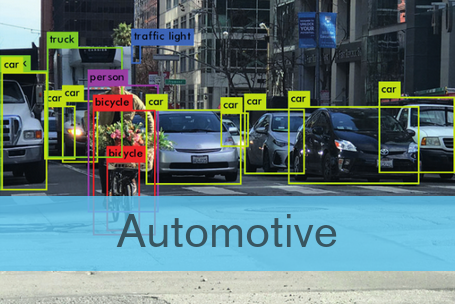
Case studies
The long-term viability of the SAFEXPLAIN approach will be demonstrated by integrating its solutions in a commercial toolset for system testing, and applying its principles to several mixed-criticality case studies relevant for European society. SAFEXPLAIN will focus on state-of-the-art and representative mixed-criticality case studies from the automotive, railway and space domains.
Considering real and representative case studies in each domain will allow the project to capture the real challenges that can emerge from the application of the techniques in industrial-size projects. Selected applications will bring domain-specific challenges and different aspects of mixed-criticality execution, such as scheduling, functional behaviour, isolation properties and timing isolation to be tackled by the SAFEXPLAIN methodology and toolchain.
In all case studies, the results of DL software will be used for CAIS safety-related functions. SAFEXPLAIN selected technical contributions will undergo a review by Certification Experts (CE) in the automotive (ISO 26262, SOTIF), space (ECSS) and railway (EN 5012x) domains. All three case studies will follow the same procedure: (1) stubbing, (2) preparation, porting and integration and (3) evaluation and assessment.
The SAFEXPLAIN railway case examines the viability of a safety architectural pattern for the completely autonomous operation of trains (Automatic Train Operation, ATO).
The project employs intelligent Deep Learning (DL)-based solutions, including artificial vision elements, to detect and locate people and obstacles on the track and in the way of the train doors and to estimate their position to ensure the train does not collide with obstacles or injure passengers. Safety-related software elements and DL software elements implement the safety function that allow trains to make safe and optimal decisions in real-time.
Space missions are part of a leading sector in technology development and research. Using the state-of-the-art mission autonomy and artificial intelligence technologies will enable fully autonomous operations during space missions and optimise mission costs. These technologies are tested using high safety-critical scenarios.
The current approach to space mission operations is labourious due to extensive use of ground operators to perform activities such as mission planning, telemetry monitoring, payload data analysis and failure mitigation.
Rapid advancements in artificial intelligence (AI) and autonomous vehicle technology, self-driving hold the potential to revolutionize transportation. In this context, Safexplain works on designing detection systems that adhere to both safety and explainability requirements.
The SAFEXPLAIN automotive case study develops advanced methods and procedures that enable self-driving cars to accurately detect road users, estimate their distance from the vehicle, and predict their trajectories. These capabilities are vital for making timely decisions and executing appropriate collision avoidance maneuvers


